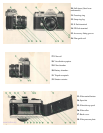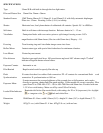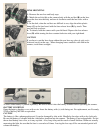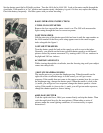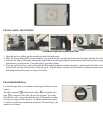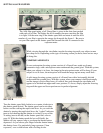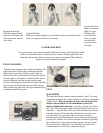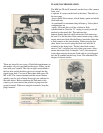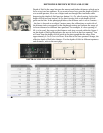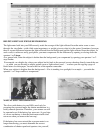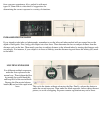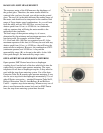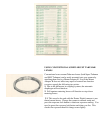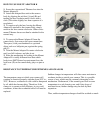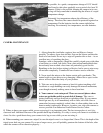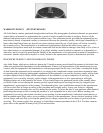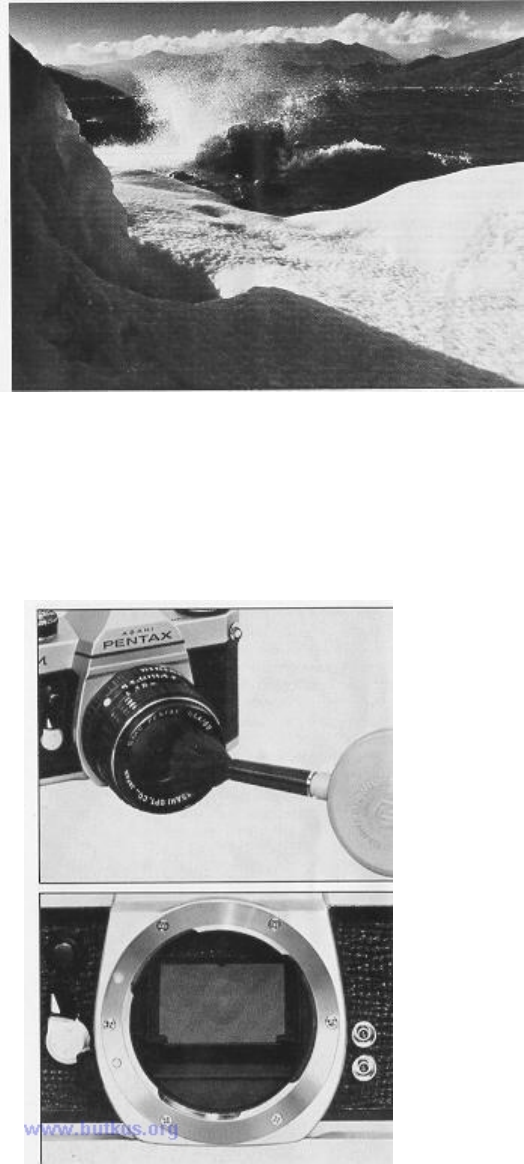
as possible. As a guide, a temperature change of 10°C should
be allowed to take place gradually over a period of at least 30
minutes. If this is not possible, keeping the camera in its case
or bag will help somewhat in minimizing the effects of a rapid
temperature change.
Extremely low temperature reduces the efficiency of the
battery. Therefore, the camera should be protected against low
temperature. Put the batteries into the camera right before
shooting. For extremely low temperature, use new batteries.
CAMERA MAINTENANCE
1. Always keep the viewfinder eyepiece, lens and filter as clean as
possible. To remove loose dust and dirt, first use the blower and then the
brush of a lens brush. Do not try to wipe off granular dirt or dust -- its an
excellent way of scratching the glass.
Smudges, such as fingerprints, should be carefully wiped away with either
a lens tissue or a clean, soft cloth. Clean, plain cotton handkerchiefs that
have already been washed a few times are particularly good for this.
Breathing on the lens before wiping is effective; but be sure to wipe away
all moisture completely. Commercial lens cleaners are also effective.
2. Never touch the mirror or the shutter curtain with your hands. (The
natural acids on your skin are very damaging.) Minor dirt or spots on the
mirror will not affect the clarity of your pictures.
3. Take care not to drop the camera or knock it against anything solid.
Accidents or rough handling can easily damage the internal mechanism,
even though extremely nothing seems to have been hurt.
4. Your camera is not waterproof. There are several places where
water can get inside and do a great deal of damage. Take care to
protect both body and lens from rain or splashing water. If your camera
should get wet, dry it off immediately with a clean, soft cloth. Once a
camera has become completely soaked, there is often nothing that can be
done to make it right again. However, in such a case, take your camera as
soon as possible to an authorized Asahi Pentax Service Center.
5. Where to keep your camera while you are not using it is an important point. The best storage place is cool, dry,
clean and well ventilated. Because of the possible build-up of humidity, it is risky to store your camera in a cabinet or
closet. Its also a good idea to keep your camera in its bag or case while you are not using it.
6. When mounting your camera on a tripod, be sure the tripod screw is no longer than 5.5mm. This is the depth of the
tripod screw hole on your camera. If you use a longer screw, you will probably puncture the bottom of the hole, after
which the camera will not function properly.4www.butkus.org



